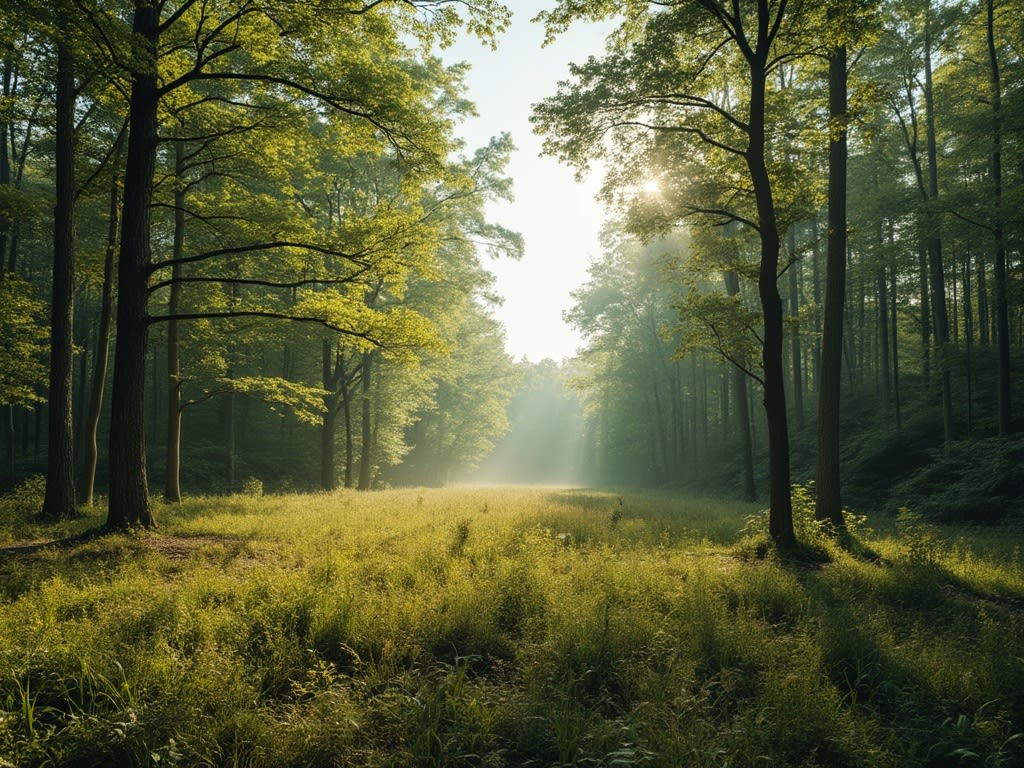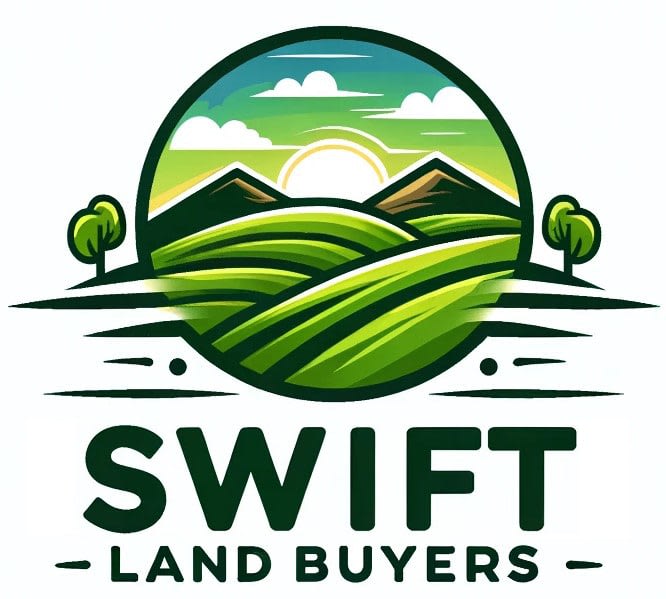VirginiaLand offers a solid investment path with reliable economic indicators supporting its growth potential. Northern Virginia’s land values rise steadily at 6-8% yearly, fueled by expanding populations and tech sector growth. I’ve found that the state’s position between major cities, plus its thriving agricultural industry producing $69 billion annually, creates multiple paths for investing in Virginia land while maintaining investment stability.
Key Takeaways:
- Government, military, and private sector employment in Virginia establishes lasting, predictable demand for real estate
- Investment diversity across commercial areas, residential spaces, farmland, and timberland, supported by excellent agricultural systems
- Tourism revenue drives substantial income, with travelers spending $23 billion while outdoor activities add $3 billion in direct revenue
- Conservation investments deliver outstanding value – each dollar invested returns $4 in natural resources and services
- Due diligence requirements include carefully evaluating environmental rules and natural disaster risks, especially near coastal regions
The Investment Potential of Virginia’s Growing Land Market
Strong Economic Indicators
Virginia’s land market shows solid growth potential backed by consistent economic performance. Northern Virginia’s land values have increased by 6-8% annually, powered by steady population growth and major tech industry expansion. The state’s unique blend of government, military, and private sector jobs creates stable, long-term demand for property.
Agricultural Success
Agriculture remains a key economic driver in Virginia. The Virginia Department of Agriculture reports the industry generates $69 billion in annual output while supporting 334,000 jobs. I’ve found this agricultural strength offers diverse investment options, from small farmland parcels to large commercial operations. The combination of established farming infrastructure and rising land values makes Virginia’s best counties for land investment particularly attractive for both new and experienced investors.

Strategic Location and Infrastructure Benefits
Urban and Rural Infrastructure Access
VirginiaLand stands out with its prime positioning between major metropolitan hubs. The area offers quick access to Richmond, Virginia Beach, and Washington D.C., making it perfect for commuters and businesses needing city connections while maintaining distance from urban congestion.
The region boasts impressive digital connectivity in its urban zones, with 95% of city areas having access to high-speed internet service. This makes it ideal for remote workers and tech-focused businesses looking to establish themselves outside major city centers.
Here’s what makes VirginiaLand’s infrastructure appealing:
- Direct access to three major cities within a 2-hour drive
- High-speed internet coverage across 95% of urban areas
- Mixed development zones balancing commercial and residential needs
- Multiple transport options including highways and public transit
Rural areas present a different picture, with internet accessibility at 60% coverage. While this might pose challenges for some buyers, it also creates opportunities for future development and potential property value increases as infrastructure expands. The slower pace and natural surroundings of these areas attract those seeking peace while staying connected to urban amenities.
The blend of rural charm and urban convenience positions VirginiaLand as a strong choice for diverse investment strategies, from residential developments to commercial ventures.
Diverse Investment Options and Agricultural Opportunities
Land Types and Agricultural Potential
Virginia’s land market offers rich investment choices across commercial plots, residential lots, farmland, timberland, and hunting properties. I’ve found direct purchases from owners to be a solid option for securing competitive prices.
The state’s fertile soil and moderate climate create excellent conditions for farming success. Here are the key agricultural advantages:
- Strong local farming networks and established co-ops provide support systems
- Multiple farmers’ markets offer direct sales channels
- Varied soil types support different crop selections
- Year-round growing seasons increase yield potential
- Access to both urban and rural markets
The agricultural community in Virginia maintains active knowledge sharing and resource pooling, making it easier for new farmers to establish themselves. Local extension offices provide educational support and technical assistance to help landowners maximize their property’s farming potential.

Tourism and Recreation Revenue Potential
Visitor Spending and Activities
Virginia’s tourism sector proves highly profitable, with travel spending reaching $23 billion in 2015. Outdoor recreation adds substantially to these figures, generating $3 billion in direct spending during 2016. I’ve found that fishing spots, boating facilities, and hiking trails create multiple income streams for property owners.
Key activities that attract visitors include:
- Fishing in lakes, rivers, and coastal waters
- Boating rentals and marina services
- Hiking trails with guided tours
- Camping facilities and equipment rentals
- Seasonal hunting opportunities
These recreational offerings can transform raw land into profitable ventures through visitor fees, equipment rentals, and guided experiences. Properties near established trails or waterways have extra appeal for tourism development, making them smart land investment choices in Virginia.

Conservation Investment Benefits
Financial Returns on Conservation
Conservation investments in Virginia deliver exceptional returns. Every dollar invested generates $4 in natural goods and services, based on historical performance. From 1999 to 2014, a $119 million investment produced $918 million in environmental benefits.
Current Investment Programs
The state’s commitment to conservation remains strong through several key initiatives:
- VIRGINIAforever’s strategic plan allocates $660 million across five years for land preservation and water quality projects
- Annual conservation grants provide $20 million to support local preservation efforts
- Land Preservation Tax Credits offer $75 million yearly to landowners who protect their property
These programs create a solid foundation for both environmental protection and financial growth. A strategic approach to conservation investment can provide tax advantages while supporting crucial ecosystem services. The state’s track record shows that conservation isn’t just environmentally responsible – it’s financially smart. Property owners who participate in these programs often see increased land values alongside tax benefits.

Risk Factors and Regulations
Natural Disaster Considerations
Property investment in Virginia requires careful attention to environmental risks. The state faces significant flooding challenges, with 30% of its coastline sitting in high-risk flood zones. The southeastern regions and coastal areas face frequent hurricane threats, which can impact property values and insurance costs.
Environmental Compliance
Virginia’s strict environmental regulations shape property development options. Specific rules focus on:
- Wetland protection measures that limit development near water bodies
- Stormwater management requirements for new construction
- Protected species habitat considerations that restrict land use
- Buffer zone requirements around sensitive ecological areas
These regulations can affect property development timelines and costs. I recommend conducting thorough environmental assessments before purchasing land, particularly in coastal regions. While these rules may seem restrictive, they help maintain property values by preserving natural resources and reducing long-term environmental risks.

